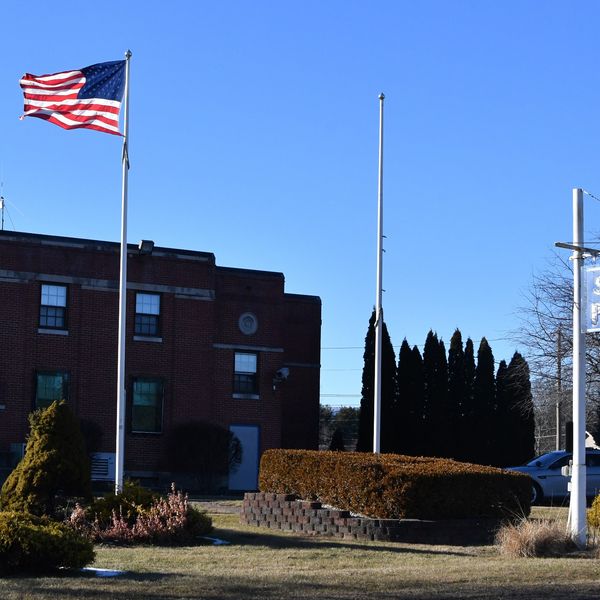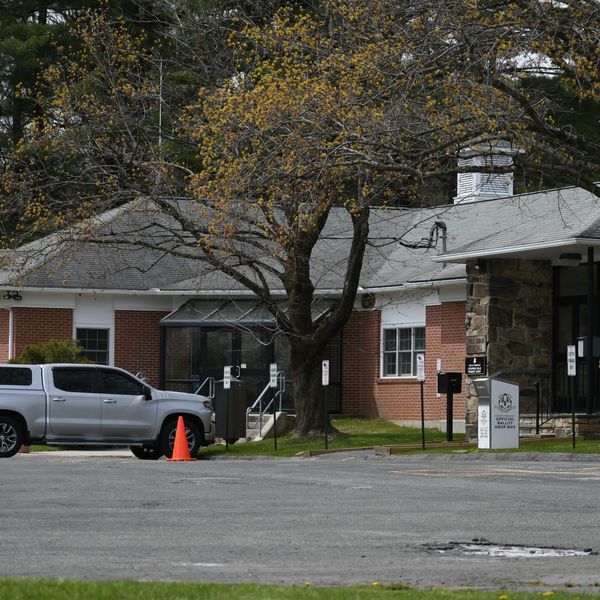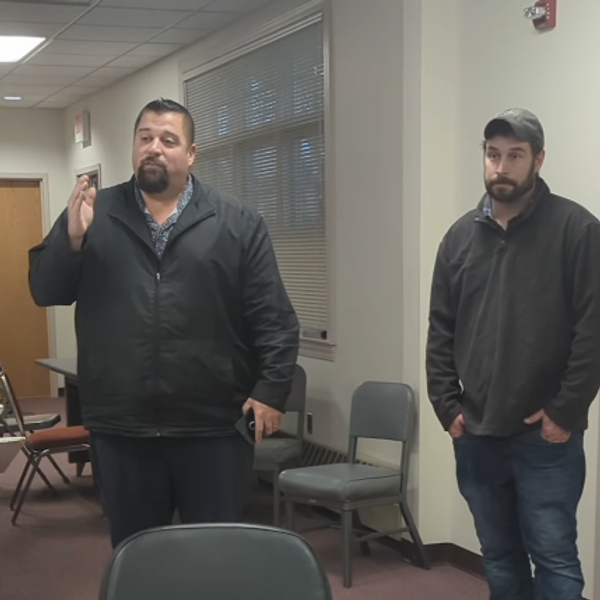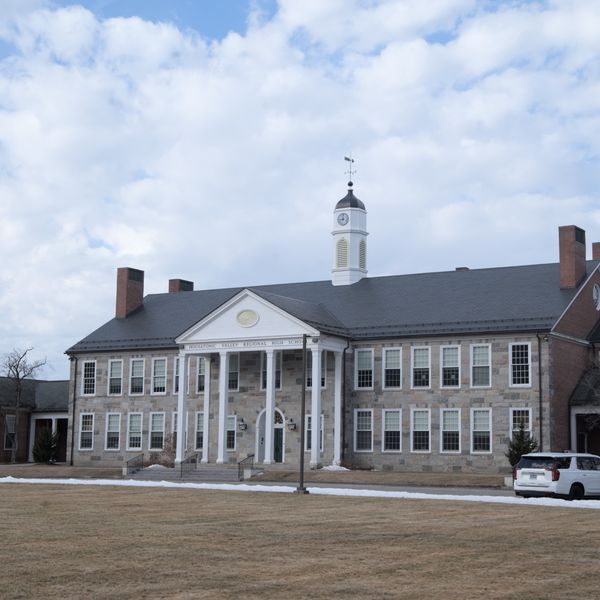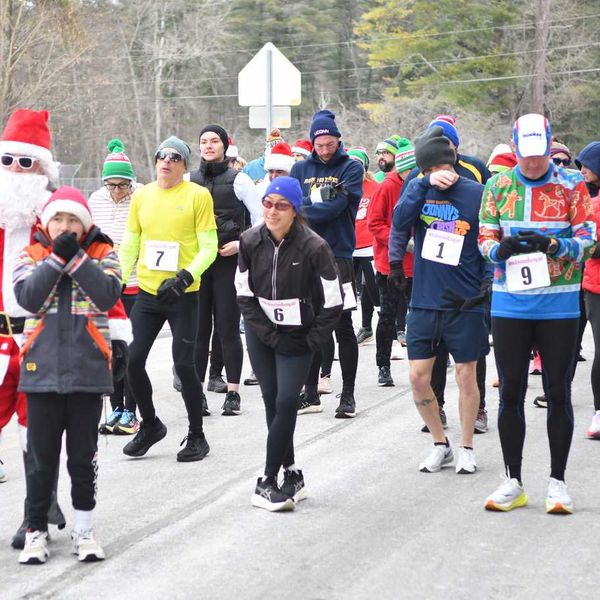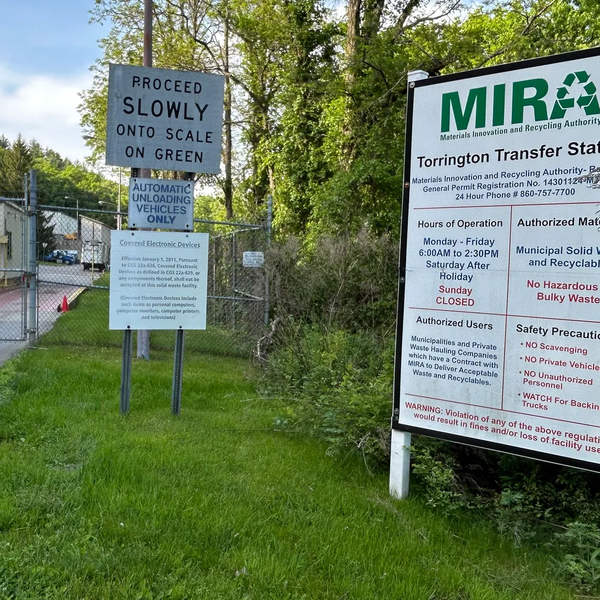CT bottle deposit rate doubles
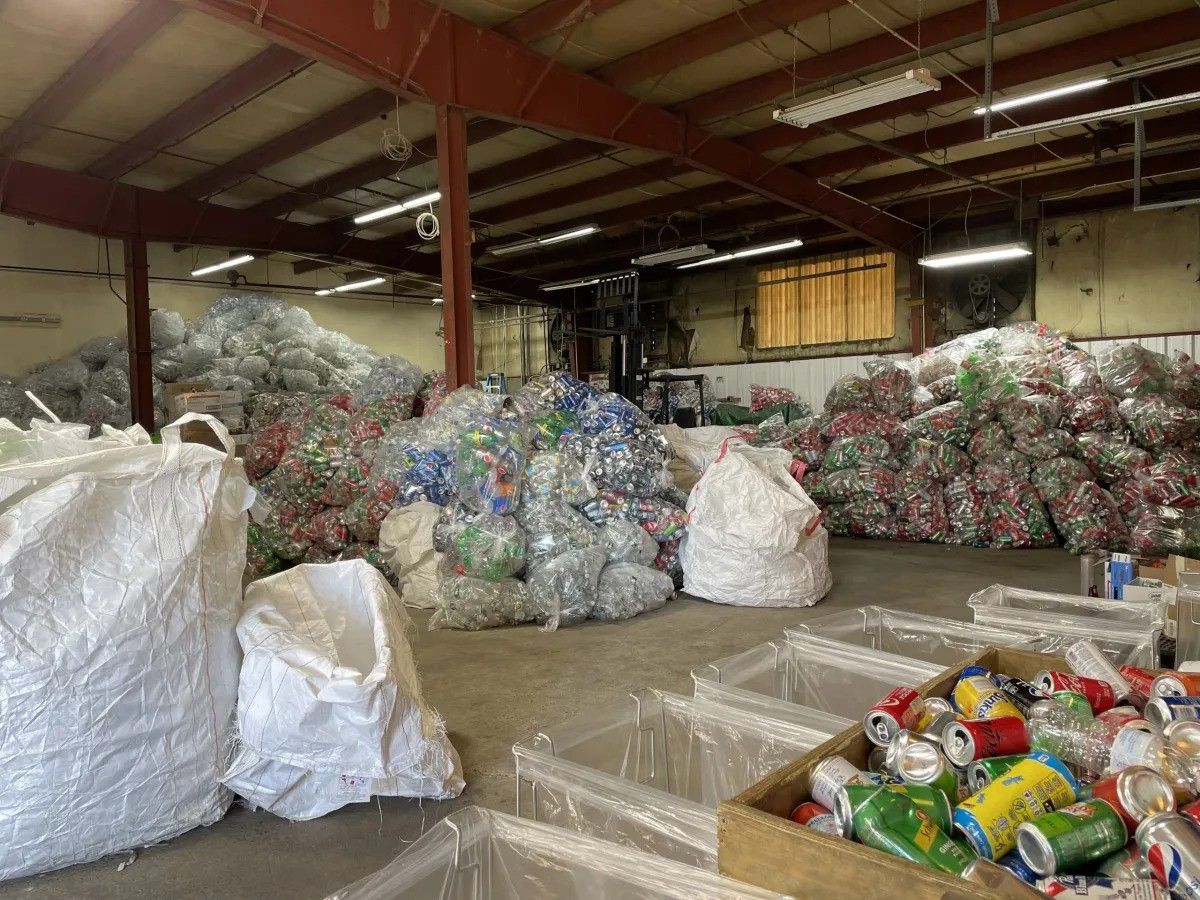
East Haven Bottle Return is a privately owned universal redemption center. Its staff had been sorting empties by hand, but in June, its owner was awarded grant money for sorting equipment.
Photo by Jan Ellen Spiegel/Ct Mirror
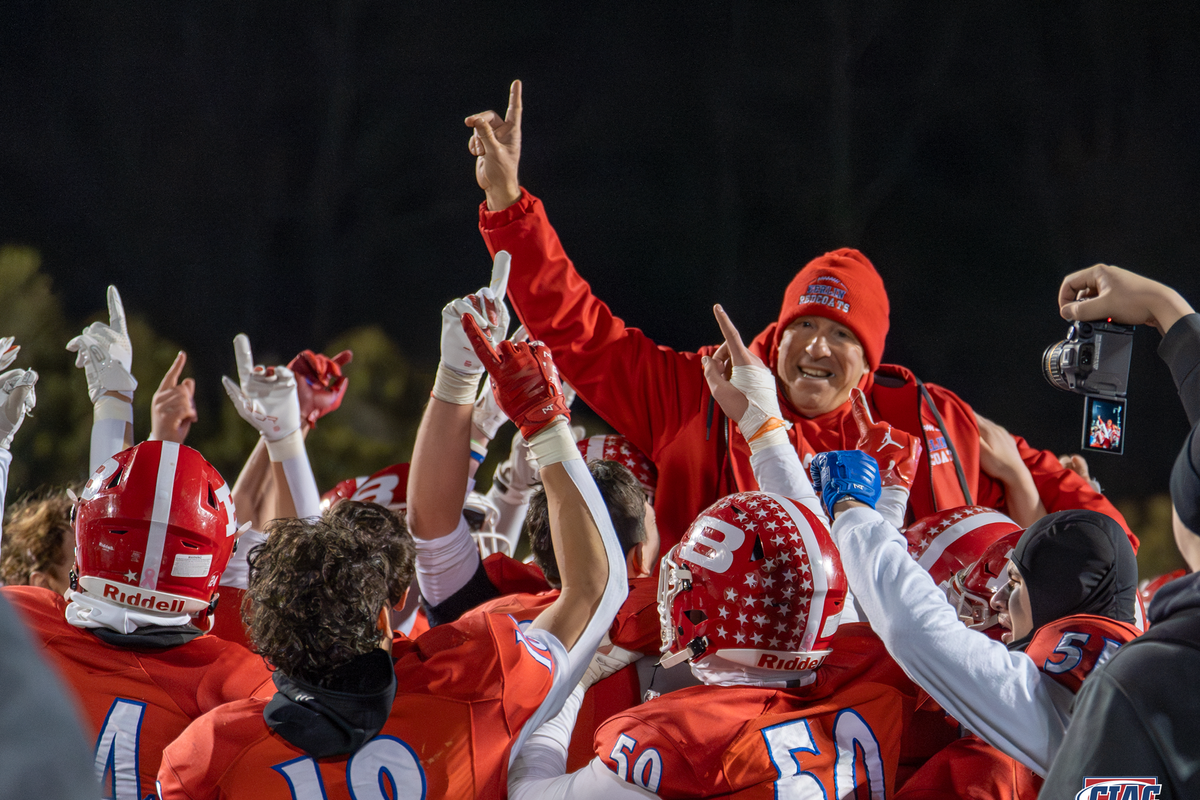

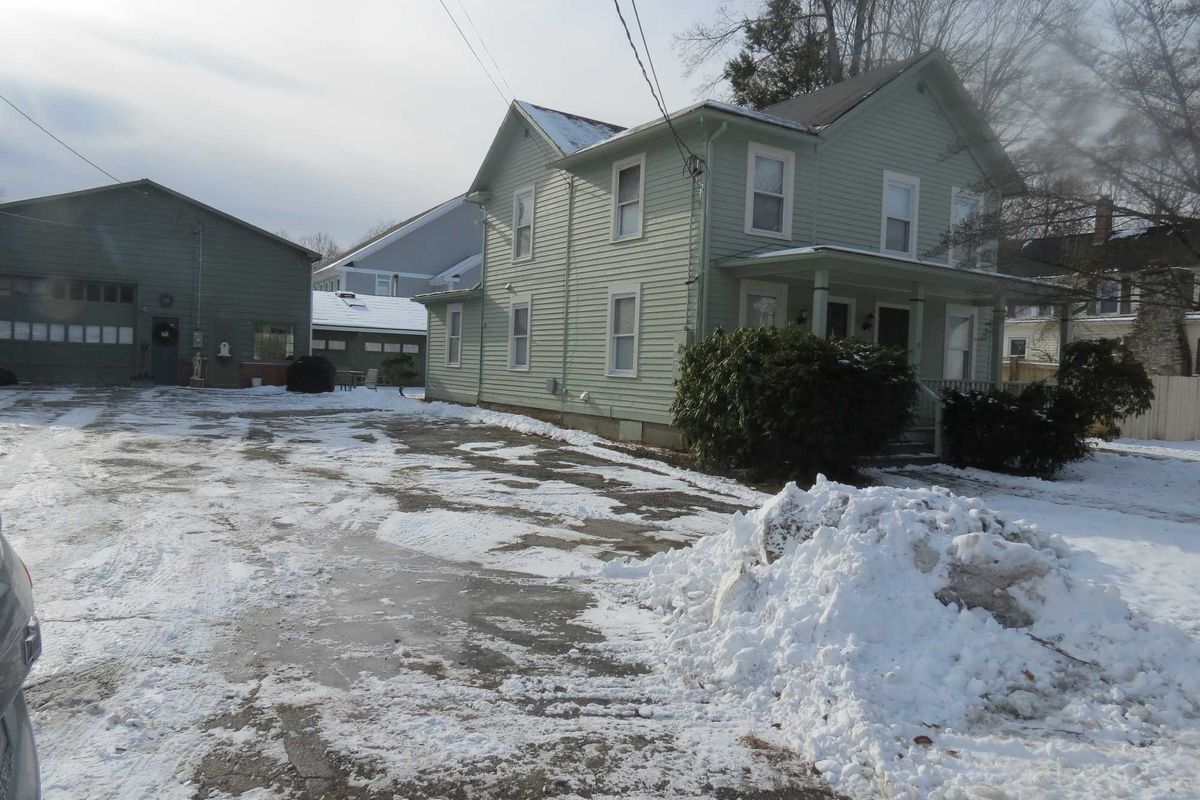
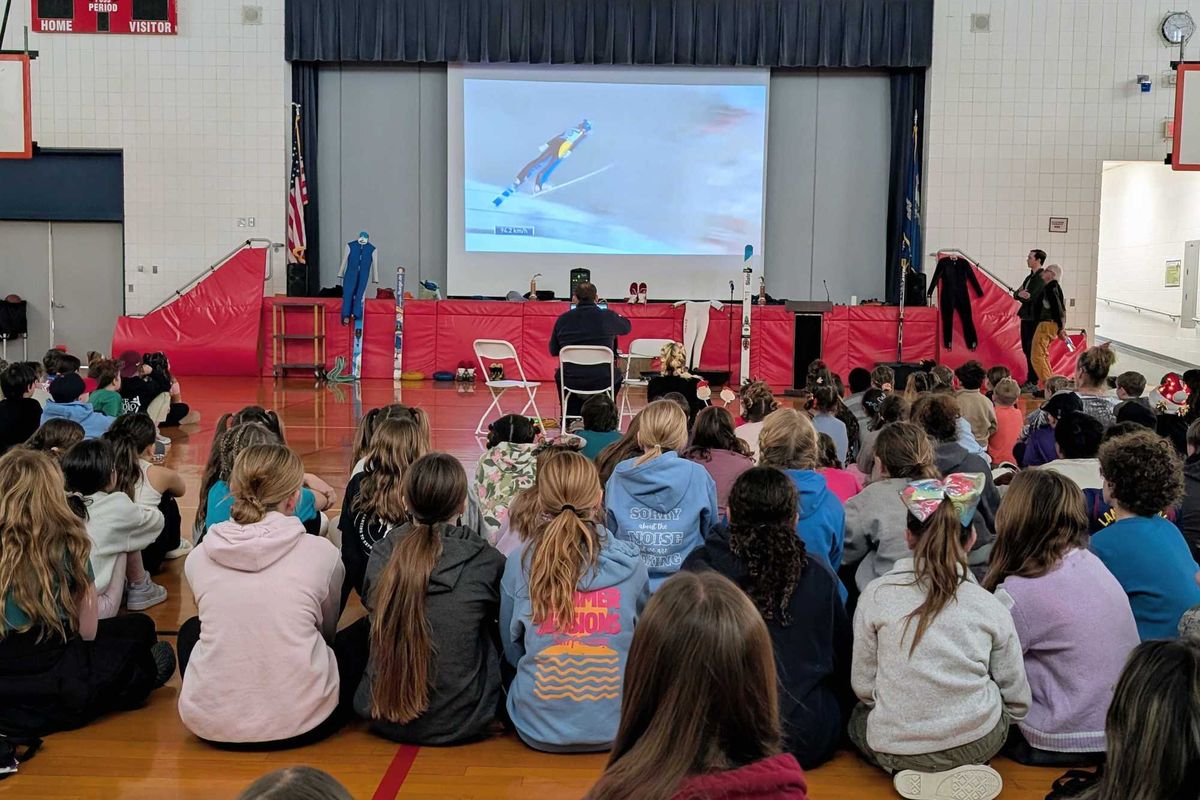
 Students at the assembly with Salisbury Winter Sports Association on Dec. 17By Riley Klein
Students at the assembly with Salisbury Winter Sports Association on Dec. 17By Riley Klein 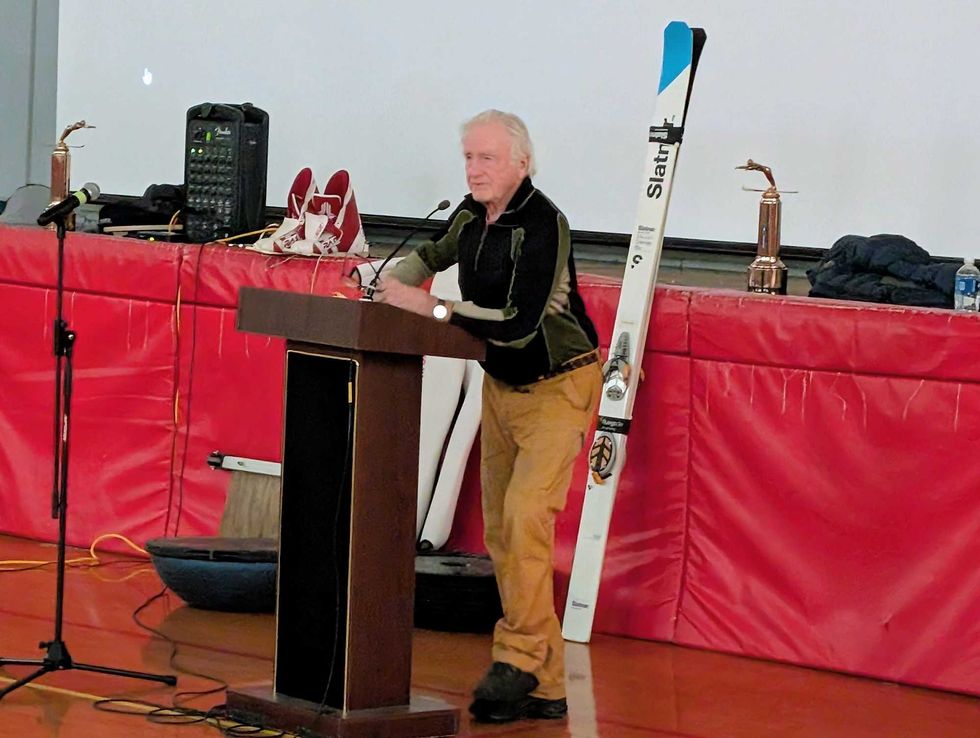 Former U.S. Olympic ski jumping coach Larry Stone, of Salisbury, led the assembly Dec. 17.By Riley Klein
Former U.S. Olympic ski jumping coach Larry Stone, of Salisbury, led the assembly Dec. 17.By Riley Klein 